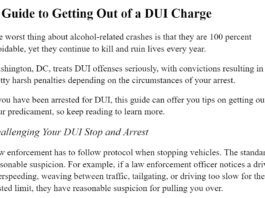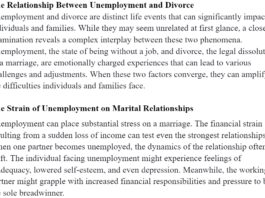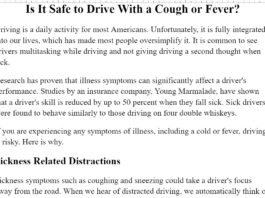SPONSORED CONTENT
The United States continuously sees an increase in foreign immigrants, most of which come into the country with family members. However, there has been a disparity in access to healthcare by immigrants when placed side by side with American citizens.
“Access to healthcare services can greatly increase the quality of life of immigrants,” says immigration attorney Zaira Solano of Solano Law Firm, LLC. Affordable healthcare services are not available for most immigrants in the states. Children of immigrants have also not fared better in accessing healthcare as there has been a disparity in access to healthcare between them and children of citizens.
Access to Healthcare by U.S. Immigrants
Data gathered from the U.S. census have shown a significant disparity in healthcare insurance between native-born citizens and immigrants. According to the data, immigrants who are non-citizens are said to be three times less likely to have health insurance than citizens.
Additionally, the discrepancy in the number of immigrants with health insurance is also apparent between recent immigrants and those who migrated years ago. This disparity can be due to the fact that with time, immigrants find better jobs with higher pay and are capable of paying for health insurance.
Immigrant Access to Private Health Insurance
Employee-sponsored health insurance makes up a large percentage of health insurance policies in the United States. However, a limited number of immigrants have access to this employer-sponsored health insurance, therefore making them less insured. From the census data, it becomes evident that many immigrant workers are less likely to get jobs that would offer them health insurance.
The gap in health insurance widens even among immigrants from non-Hispanic and Latino origins. Research has shown that 87 percent of non-Hispanic workers are offered job-based health insurance. This number is relatively high compared to the 50 percent recorded for Latino immigrants.
Many immigrants take jobs that do not offer employer-sponsored health insurance, including working in restaurants and construction sites. On the other hand, employers may not provide the same health insurance packages to citizens and immigrants.
Immigrant’s Access to Public Health Insurance
Research shows that many immigrants cannot access public health insurance coverage, including Medicare and Medicaid. A large percentage of U.S. low-income earning groups are immigrants, and Medicaid covers the health insurance of many low-income earners in the United States.
However, according to the State Children’s Health Insurance Program (SCHIP), many immigrants do not qualify for Medicaid. The welfare reform law enacted in 1996 placed restrictions on lawful permanent residents. This restriction prohibited legal permanent residents coming in after the law’s enactment from accessing SCHIP or Medicaid coverage within the first five years of their stay.
Similar restrictions were also placed on immigrants making it impossible to qualify for food stamps as well as supplemental security income (SSI). Additionally, unauthorized immigrants or holders of temporary visas do not qualify for Medicaid coverage except for coverage dealing with emergency room services. However, immigrants who are elderly still have access to Medicare as they are not required to accumulate working hours that would qualify them for Social Security.
There is a gap in health coverage among immigrants and citizens, even among the children population. This gap continued to widen from 1996 with children of immigrants becoming uninsured. According to Dr. Diana Montoya Williams of Pennsylvania Children Hospital, steps have to be taken to ensure that all children are insured – immigrant or not.
Barriers to Healthcare for Immigrants
The lack of health insurance for most immigrants has a ripple effect even on the economy of the U.S. According to an estimation done by the Institute of Medicine, the United States loses $130 and $65 billion annually due to medical impairment on all uninsured. Immigrants often rely on safety-net hospitals run by counties, states, and charitable organizations to access free or less costly healthcare services.
There are specific factors that act as a barrier, preventing immigrants in the U.S. from accessing quality healthcare. These barriers include:
- Policies like the welfare law reform that restricts eligibility for health care and where access is granted limits the type of health care that immigrants can qualify for
- Undue discrimination within the health care system
- Fear of deportation and loss of capital necessary for obtaining such services by undocumented immigrants
- Registration system and paperwork that discourages many immigrants from enrolling for health insurance plans
Final Thoughts
Access to healthcare is a necessity for all, irrespective of status. The United States has made massive progress in ensuring that immigrants gain access to healthcare services, as seen in the consistent decrease in uninsured. However, specific policies and efforts need to be put in place to ensure that the gap between insured citizens and immigrants continues to decrease, leading to an increase in quality of life.



